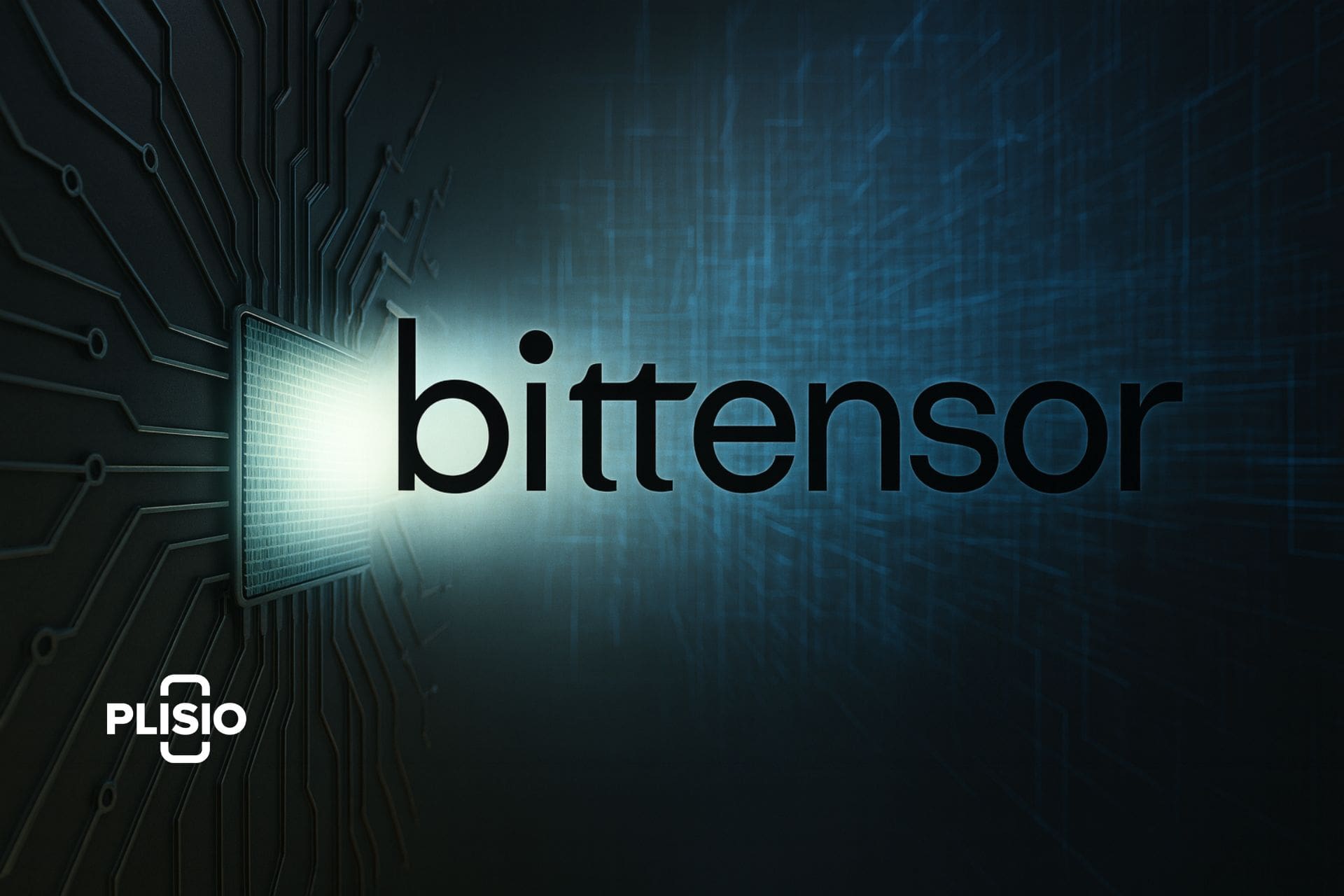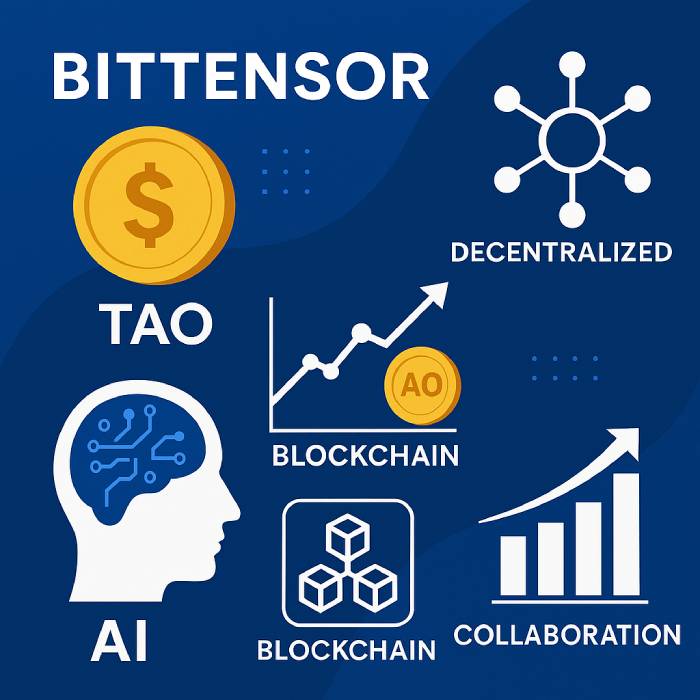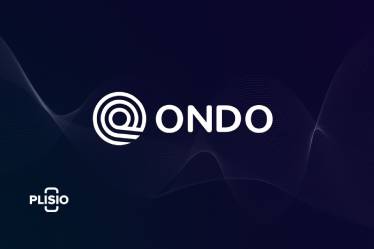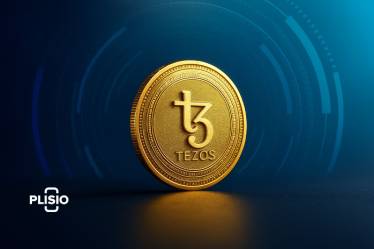The Rise of Decentralized AI and the Role of Bittensor

The global AI industry is projected to surpass $1.1 trillion USD by 2030, and decentralized AI platforms like Bittensor are leading the next phase of innovation. With growing concerns around data privacy, monopolized control, and centralized model bias, the need for open, community-driven AI systems has never been stronger. Bittensor fills this gap by building a distributed ecosystem that merges AI, blockchain, and tokenized incentives into one cohesive network.
Bittensor is an open-source, blockchain-powered protocol that fuels a decentralized machine learning network. Within the Bittensor network, AI models train collaboratively and are rewarded in TAO tokens based on the informational value they bring to the collective intelligence. TAO also gives users access to the system, allowing them to extract insights and influence the network’s activities to suit their needs.
Our ultimate goal is to create a genuine market for artificial intelligence — an open, transparent, and trustless space where producers and consumers of AI can exchange digital commodities in a fair and incentivized environment.
Bittensor, TAO Token, and the Future of Decentralized AI
- A decentralized approach to AI development: Leveraging blockchain technology and distributed ledgers, Bittensor enables scalable and democratized artificial intelligence. It supports open access, decentralized governance, and uses global compute power through an incentivized framework.
- An open-source AI repository: A public, community-maintained hub of machine intelligence accessible to anyone worldwide.
- Rewards and ownership through TAO staking: Network rewards and ownership are distributed directly to users based on their real contribution.
Expert insight: According to Lena Hofmann, senior blockchain analyst at Deutsche Digital Assets, “Bittensor represents a powerful shift toward a decentralized intelligence economy. Its open-source framework and incentivized AI model have the potential to redefine how machine learning markets operate globally.”

What Is Bittensor? Understanding the TAO Token and Blockchain Network
Bittensor merges machine learning and blockchain technology into a peer-to-peer market for AI. Validators and miners collaboratively train AI models and earn rewards in TAO, the network’s native cryptocurrency.
As of October 2025, the TAO token has a circulating supply of 9.2 million, a market cap of $4.1 billion USD, and an average price of $412 USD. Its daily trading volume exceeds $240 million, making TAO one of the most actively traded AI tokens in the crypto market.
Industry commentary: Yuma Asset Management stated in its 2025 report that “TAO’s sustained growth shows institutional confidence in decentralized AI. The Safello Bittensor Staked TAO ETP has made exposure to the ecosystem easier for traditional investors.”
Security, Validators, and Governance in the Bittensor Network
Bittensor’s incentive mechanism and decentralized governance ensure the system’s longevity. Participants stake TAO to validate and secure the network, earning an average annual yield of 14.5%. Over 38% of TAO’s circulating supply is currently staked, underscoring investor confidence.
Expert opinion: Andreas Keller, CTO at Safello, remarked, “Bittensor’s validator architecture is one of the most secure and transparent among blockchain AI systems. The self-regulating model builds resilience against centralized influence.”
Subnets, Staking, and Real-World Use Cases
Bittensor’s subnets are modular environments where AI models specialize in different domains. There are 118 active subnets as of 2025, powering use cases across natural language processing (NLP), financial forecasting, image recognition, and data analysis.
Developers and organizations can build their own subnets and earn TAO rewards for providing compute power and valuable outputs. Businesses also use subnet tokens for internal optimization or data modeling.
Expert view: CryptoQuant Research described Bittensor’s subnet system as “a living ecosystem of intelligence where models compete and evolve like digital organisms.”
Milestones and Expert Analysis
- Launch of the TAO Token and its staking ecosystem.
- Subnets innovation: 118 specialized AI networks.
- Listings on Safello, Six Swiss Exchange, and Deutsche Digital Assets.
- Safello Bittensor Staked TAO ETP reached $210 million USD in value under management by Yuma Asset Management.
- Mainnet upgrades improved scalability and decentralization.
Market analysis: CoinTelegraph Intelligence calls Bittensor “a cornerstone of decentralized AI,” while Bloomberg Crypto Insights projects that “if subnet growth continues, Bittensor’s market cap could surpass $7 billion by 2026.”
Bittensor Price, Market Cap, and 2026 Forecast
| Metric | Value (as of Oct 2025) |
|---|---|
| TAO Price | $412.76 USD |
| Market Cap | $4.1 billion USD |
| Trading Volume (24h) | $247 million USD |
| Circulating Supply | 9.2 million TAO |
| Fully Diluted Valuation | $8.8 billion USD |
| Active Subnets | 118 |
Analyst consensus: Glassnode Analytics highlights Bittensor as “the leading blockchain-based AI protocol by market cap and innovation speed.”
Forecast: If adoption continues at current growth rates, analysts expect TAO’s price could reach between $550 and $600 USD by late 2026, depending on global crypto market conditions.
Founders and Vision
Jacob Steeves and Ala Shaabana — the co-founders of Bittensor — combined expertise in AI and blockchain to create the world’s first fully decentralized machine-learning network.
Under the Opentensor Foundation, the project has achieved over $450 million USD in total value locked (TVL). The foundation’s transparency and commitment to innovation continue to drive the Bittensor ecosystem forward.
Outlook and Risks for 2026–2027
Opportunities: Growing institutional investment, rising compute demand, and subnet expansion create long-term upside potential.
Risks: Regulatory pressure on AI-related cryptocurrencies, potential competition from centralized cloud providers, and high compute costs.
Expert forecast: Forbes Blockchain Review summarizes, “Bittensor is at the forefront of decentralized AI innovation. If it sustains its growth, it could become a benchmark for Web3 artificial intelligence networks.”



